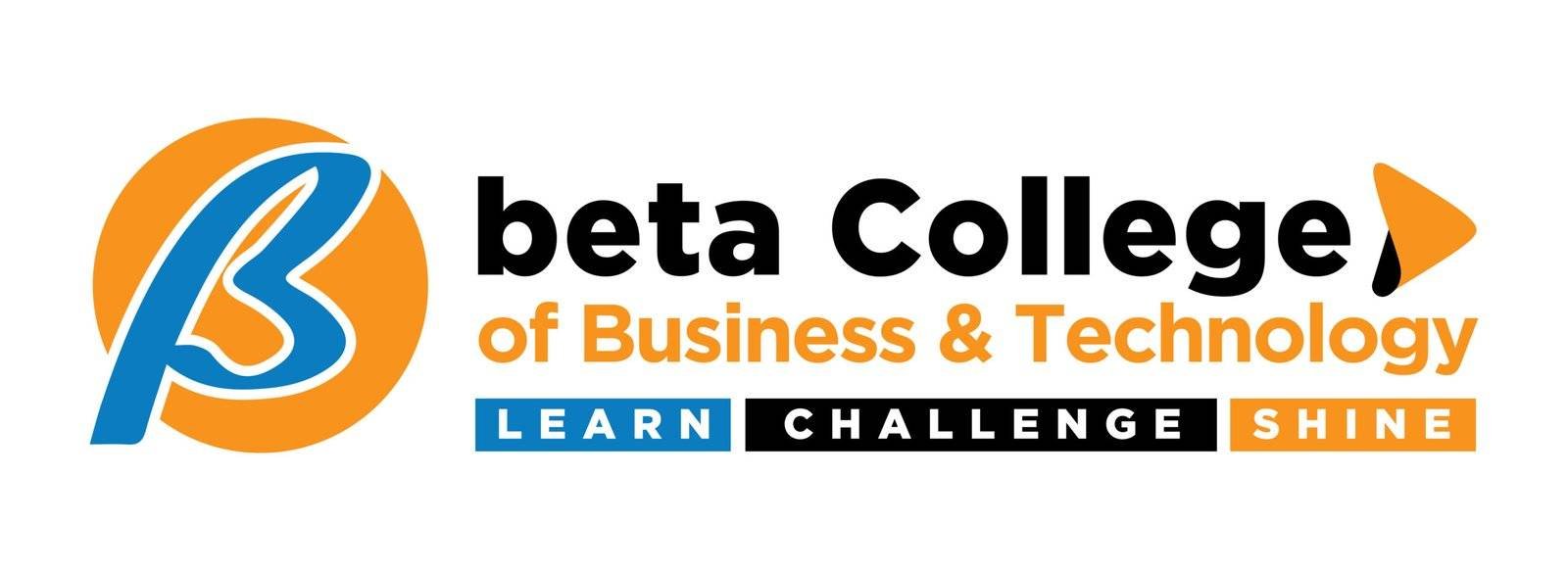Gratitude is more than a polite “thank you” or acknowledgment. It’s a powerful emotion and practice that has the potential to shape lives, particularly for students navigating their educational journey. Through fostering gratitude, educators and parents can greatly impact students’ social-emotional learning (SEL), promoting skills like empathy, resilience, and emotional regulation. By helping students appreciate what they have, gratitude becomes a building block for deeper interpersonal connections, mental well-being, and positive social interactions.
What is Social-Emotional Learning (SEL)?
Social-Emotional Learning (SEL) refers to the development of skills that help students manage emotions, set goals, show empathy for others, build positive relationships, and make responsible decisions. It’s an integral part of education and personal growth that supports students in understanding themselves and others. SEL fosters qualities like self-awareness, social awareness, responsible decision-making, self-management, and relationship skills.
Research has shown that SEL benefits academic performance, mental health, and social behavior, creating well-rounded individuals ready to face life’s challenges. Integrating gratitude into SEL enriches this development, equipping students with the emotional skills necessary to navigate complex social dynamics and to foster a positive outlook.
The Role of Gratitude in Social-Emotional Learning
Gratitude plays a critical role in enhancing SEL by promoting an appreciation for others and encouraging a positive mindset. When students practice gratitude, they experience a range of benefits:
- Improved Relationships: Gratitude encourages kindness and appreciation, fostering trust and connection between students, teachers, and peers.
- Increased Resilience: A grateful mindset helps students view challenges as opportunities for growth rather than setbacks.
- Enhanced Empathy and Compassion: Gratitude promotes empathy, allowing students to recognize and appreciate the perspectives and feelings of others.
Gratitude supports each core component of SEL, making it easier for students to manage emotions, relate to others, and navigate the social landscape of school.
How Practicing Gratitude Affects Students’ Well-being
Gratitude has a measurable impact on mental health and overall well-being, which is vital in the development of young minds. Here are several ways gratitude improves students’ mental health:
- Reduces Stress and Anxiety: Gratitude helps students shift focus away from worries, encouraging a mindset of abundance rather than scarcity. This shift is crucial in reducing stress and fostering a more relaxed state of mind.
- Promotes Positive Emotions: A habit of gratitude boosts serotonin and dopamine levels in the brain, which are responsible for happiness. Regular practice can create a baseline of positive emotions, helping students to manage emotional highs and lows.
- Builds Resilience: Gratitude encourages a constructive outlook, enabling students to bounce back from setbacks and adapt to difficult situations. This resilience is a cornerstone of emotional maturity and long-term success.
By focusing on what they appreciate, students create a mental “reserve” of positivity, which they can rely on in challenging times. This resilience is an essential part of SEL, helping students to face academic and personal obstacles with a balanced perspective.
Gratitude and Emotional Regulation in Students
One of the most critical aspects of SEL is emotional regulation, or the ability to manage and control one’s emotions in a healthy way. Practicing gratitude improves students’ emotional regulation in several ways:
- Shifts Focus from Negative to Positive: When students focus on what they are grateful for, they are less likely to dwell on negative emotions. This shift in attention can help students avoid rumination, which often leads to stress and anxiety.
- Increases Self-Awareness: Reflecting on gratitude requires introspection. By recognizing and valuing positive experiences, students become more self-aware, a key SEL skill that contributes to self-control and emotional regulation.
- Promotes Calm and Stability: Gratitude can act as a grounding technique. When students experience strong emotions, thinking of something they are grateful for can help them find calmness and emotional stability.
Gratitude, therefore, offers a constructive way for students to process and manage emotions, reducing emotional volatility and supporting mental health.
Encouraging Gratitude to Build Empathy and Social Awareness
Empathy and social awareness are at the heart of healthy relationships and effective communication. By teaching students gratitude, educators and parents can help cultivate empathy and social awareness:
- Encourages Perspective-Taking: Grateful students are more likely to consider the thoughts and feelings of others. This ability to see beyond themselves enhances empathy and allows students to build stronger, more meaningful relationships.
- Fosters Connection and Trust: Gratitude increases positive interactions between peers, as students are more inclined to express appreciation for the support and kindness they receive. This expression strengthens friendships and builds a classroom culture of trust.
- Enhances Appreciation for Diversity: Practicing gratitude encourages students to recognize the unique contributions of others. This can lead to a greater appreciation for diversity, fostering inclusive and supportive social environments.
Gratitude enriches students’ understanding of the perspectives of others, promoting acceptance and reducing biases, all of which are essential elements of SEL.
Practical Ways to Incorporate Gratitude in SEL Programs
Integrating gratitude into SEL doesn’t have to be complex. Here are some practical activities that educators and parents can use to help students develop gratitude:
- Gratitude Journals: Encourage students to write down three things they are grateful for each day. This simple practice has a powerful effect on mood and mindset and helps students consistently reflect on positivity.
- Thank-You Notes: Encourage students to write thank-you notes to classmates, teachers, or family members. This activity not only fosters gratitude but also strengthens social connections.
- Gratitude Circle: Start the school day or a class with a gratitude circle where students take turns sharing something they’re grateful for. This practice fosters community and positive communication in the classroom.
- Gratitude Art Projects: Have students create art that represents what they are grateful for. Visual expressions of gratitude can help students internalize these feelings and appreciate their value.
- Mindfulness and Reflection Sessions: Incorporate short mindfulness exercises that focus on gratitude, helping students learn to appreciate the present moment and their immediate surroundings.
Such activities make gratitude a natural part of students’ daily lives and reinforce the lessons of SEL in meaningful, engaging ways.
Overcoming Challenges in Teaching Gratitude to Students
While the benefits of gratitude are clear, teaching it to students can be challenging. Here are some strategies to help overcome common obstacles:
- Model Gratitude: Teachers and parents should demonstrate gratitude openly, setting an example for students to follow. Simple acts like thanking students for their efforts or acknowledging acts of kindness can be highly influential.
- Consistency is Key: Encourage regular practice of gratitude. Even if students initially resist, consistent effort will make it a habit.
- Address Cultural Differences: In diverse classrooms, gratitude might be expressed differently depending on cultural backgrounds. Recognize and respect these differences, allowing students to express gratitude in ways that feel natural to them.
- Celebrate Small Wins: Encouraging gratitude doesn’t mean ignoring challenges. Acknowledge that practicing gratitude is a journey, and celebrate even small shifts in mindset.
By addressing these challenges, educators can make the practice of gratitude accessible and relatable for all students.
Conclusion
Gratitude is more than a feel-good habit; it is a transformative tool that can fundamentally shape students’ social-emotional learning experiences. By fostering gratitude, students gain essential life skills like empathy, emotional regulation, resilience, and social awareness. These skills not only improve academic performance but also enhance personal and social interactions, paving the way for well-rounded, emotionally intelligent individuals.
The integration of gratitude into SEL initiatives creates a culture of positivity, empathy, and kindness. When gratitude becomes a natural part of students’ lives, the benefits ripple outward, building healthier, more connected school communities and a brighter, more compassionate future.


